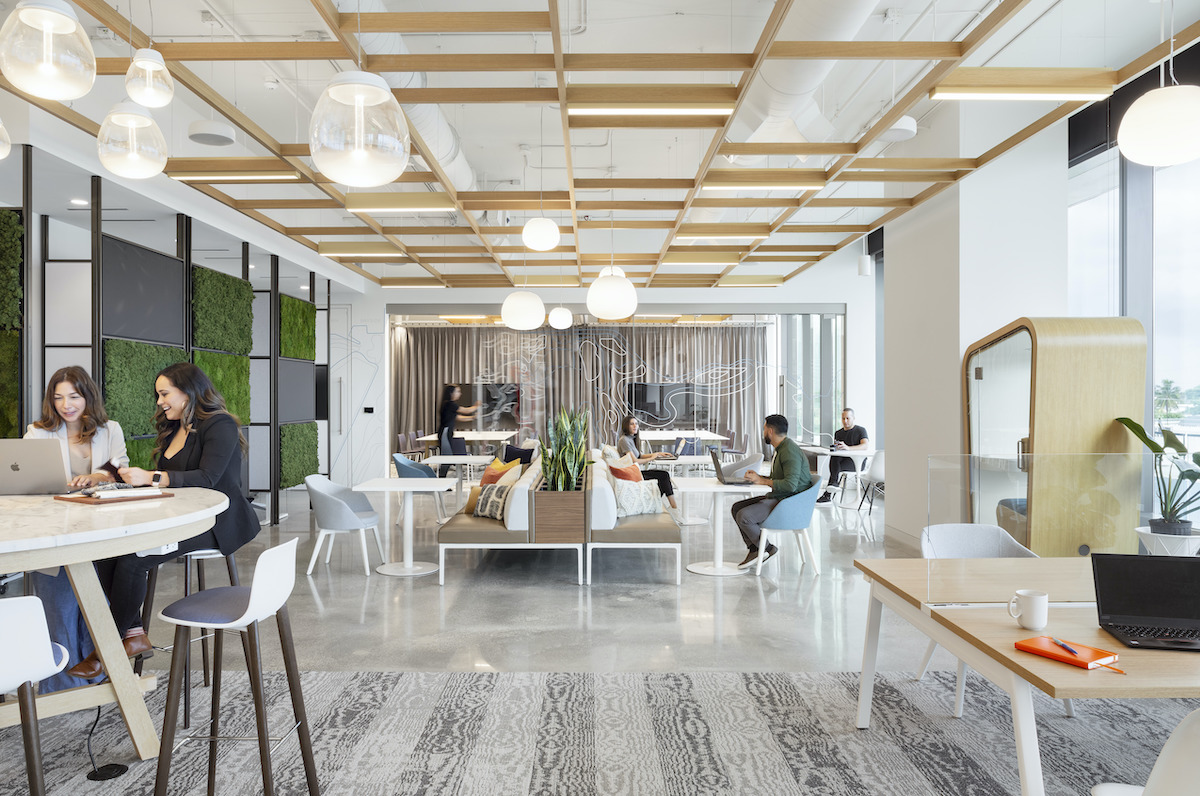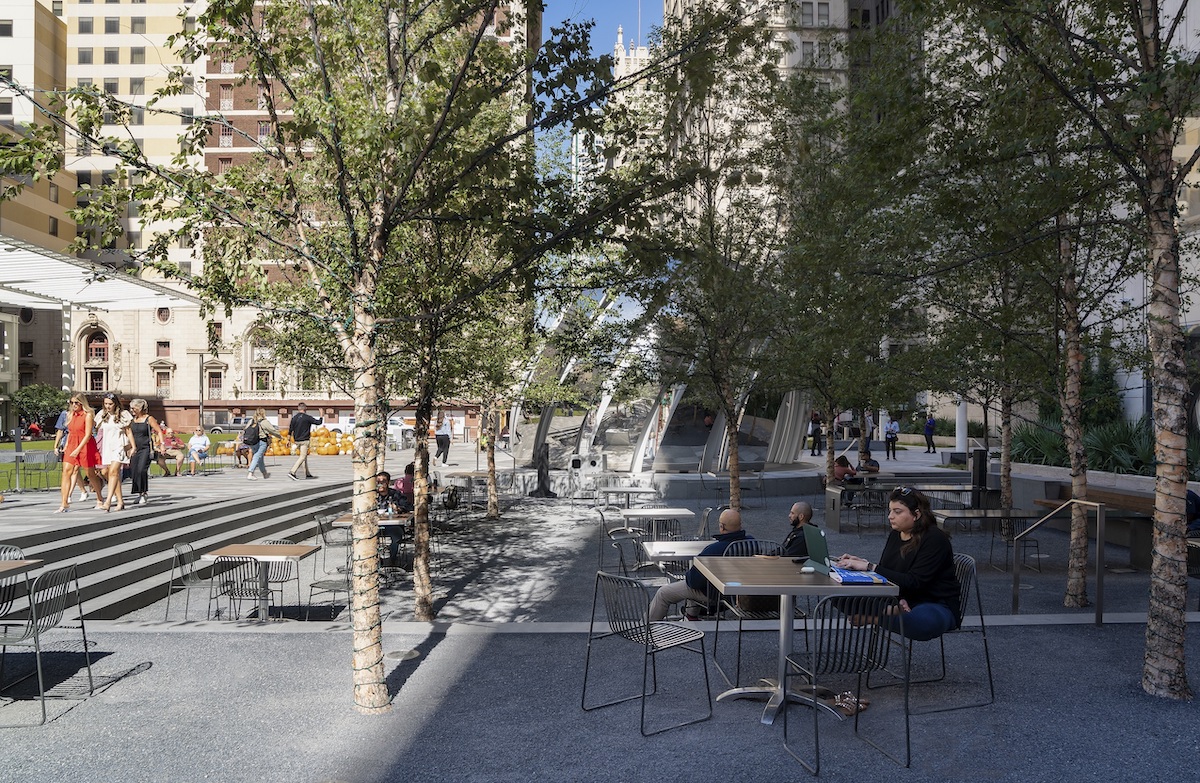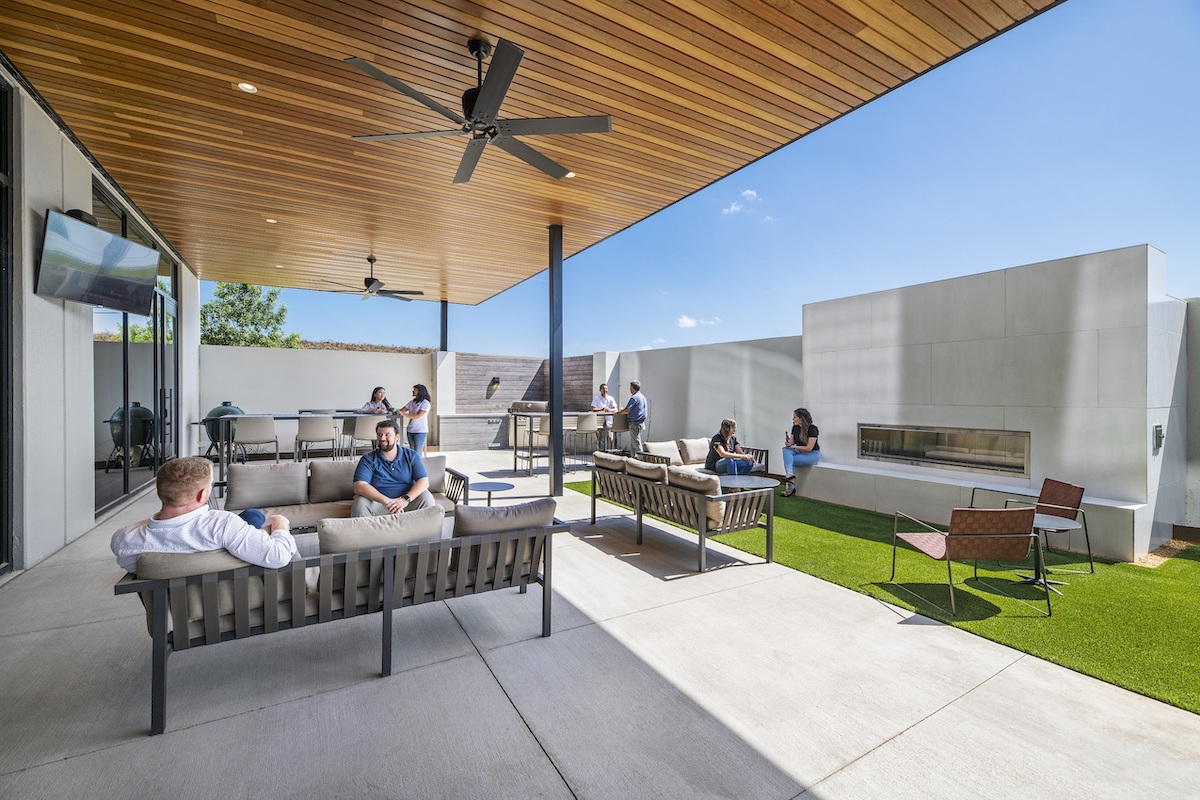Gensler’s Ian Zapata explores how third places and the choices they supply will effect the future of work and the workplace.
Third places, social settings that are neither home, nor work, have emerged as one of the most influential environments in the design of workplaces. It’s not difficult to imagine why. When workers can exercise more discretion in where they work, almost half will choose to spend a significant amount of time in places other than the office, in places where they’ll have more autonomy and also have more comfort. These places aren’t always where people live for many, home might not be the ideal setup to be productive, or they crave a change of scenery and in some cases an escape from isolation.
This gap is being filled by third places like coworking lounges, coffee houses, or even the occasional vacation spot. These third spaces are social environments that are neither home nor work, but rather serve as important gathering places for people in communities. These places provide individuals with a sense of belonging, social interaction, and a relaxed atmosphere outside of their primary obligations.

Framed in this context, the abundance of better choices is what is hurting higher office use and negatively affecting central business districts. Making the office a destination of choice is the great challenge for today’s workplace designers.
Workplaces are investments that affect a company’s productivity, culture, and reputation and while they are designed for people, their function has always been to support business goals.
Companies invest in workplaces to enhance productivity, reduce costs, foster innovation, and as part of a strategy to attract and keep talent. In today’s environment, it is an investment in serendipity, mentoring, and teambuilding. Those unplanned encounters between colleagues, a key ingredient for innovation, productivity, and problem solving, happens to be something that collective workplaces tend to excel.
Workplaces are investments that affect a company’s productivity, culture, and reputation
Collective workplaces are those where people from the same organization come together in person, here the legacy term office is disfavored, because it is loaded with unhelpful baggage about what dedicated workplaces should be like, and the aim is to rethink that paradigm.
In designing corporate campuses for the tech industry an aspirational metric of “collisions per minute” emerged, it attempted to describe the rate of unplanned encounters that would take place in a work setting. It could arguably be used to measure a workplace’s ability to foster information sharing and promote collaboration, important considerations when considering a workplace’s efficiency.

A survey of more than 2,000 U.S. office workers shows that workers value collective workspaces, but they are also looking for a more diverse spectrum of spaces and experiences to better support their work and create a place where they want to be. The key is functionality, particularly in tackling hybrid workflows and a strong focus on the workplace experience. In fact, the survey of workers showed that the ideal mix of experiences would bring hybrid workers back to in-person settings more often.
An experiential workplace is a work environment designed to provide employees with meaningful and engaging experiences that go beyond the traditional work tasks and responsibilities. It is an environment that focuses on employee engagement, well-being, and growth by creating opportunities for employees to learn new skills, develop their talents, and engage in collaborative activities with colleagues.
Experiential workplaces endeavor to provide choice and replicate the qualities of people’s favorite places, while supplying the best functionality of any work setting.
The mix of experiences that are most desired by people vary by industry and generation, for example younger generations have a clear preference for hospitality infused experiences, while older workers prefer a blend of business-like and hospitality experiences. Certain space typologies tend to rank consistently high as part of an ideal mix: a coffee house or work cafe setting, a clubhouse with informal spaces for connecting and building community, and corporate spaces that are business-like.

Other experiences that people value in the mix are the “boutique hotel” which offers hospitality-infused amenity-rich spaces, the conference center, ideal for in person group work sessions, and a library-like space where people can work quietly. It is no accident that many of these spaces mirror favored third places. The most desired business addresses, those that are benefiting from the flight to quality, are often those that offer third place type of amenities or offer proximity to them.
Great places to live are also great places to work.
That last point about proximity and the implied walkability allows us to tie the fate of the workplace to that of our central business districts. A single amentized office in a desolate location will have a tough time earning the commute. Lively districts that have character, are walkable, offer elevated choices, and offer safety, are the places where people are eager to go during their leisure time and where they’d rather be when it’s time to get work done. Great places to live are also great places to work. This insight has led to a sense of urgency about the need for activated streets, where building amenities can be shared with a broader community.
This means that some office buildings may need to be converted to other uses, to provide financial viability and diversify the uses of single use districts. Well-designed third places and the choices they supply will likely not just feature prominently in the reimagining of the workplace, but also in the transformation of central business districts into central social districts.


